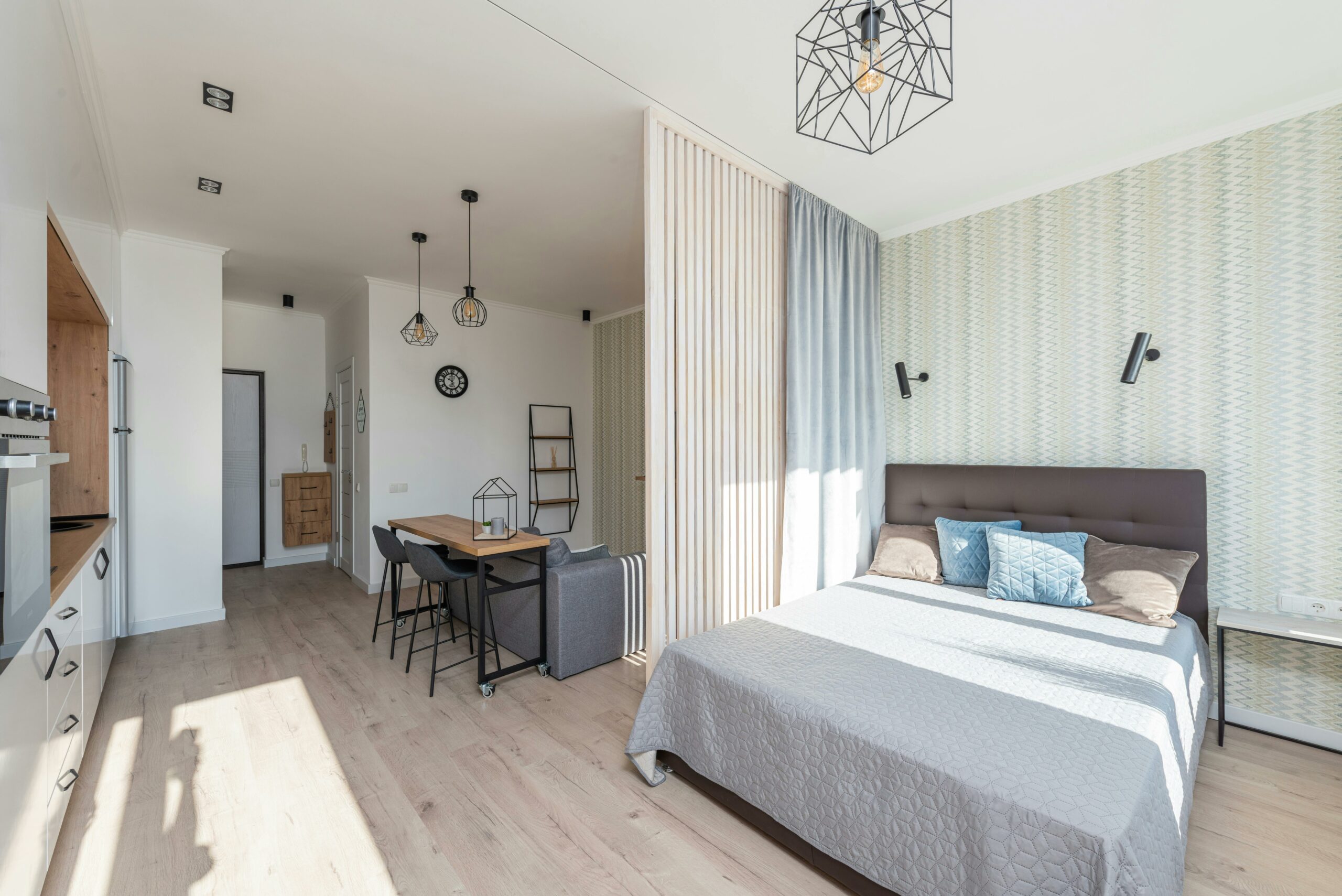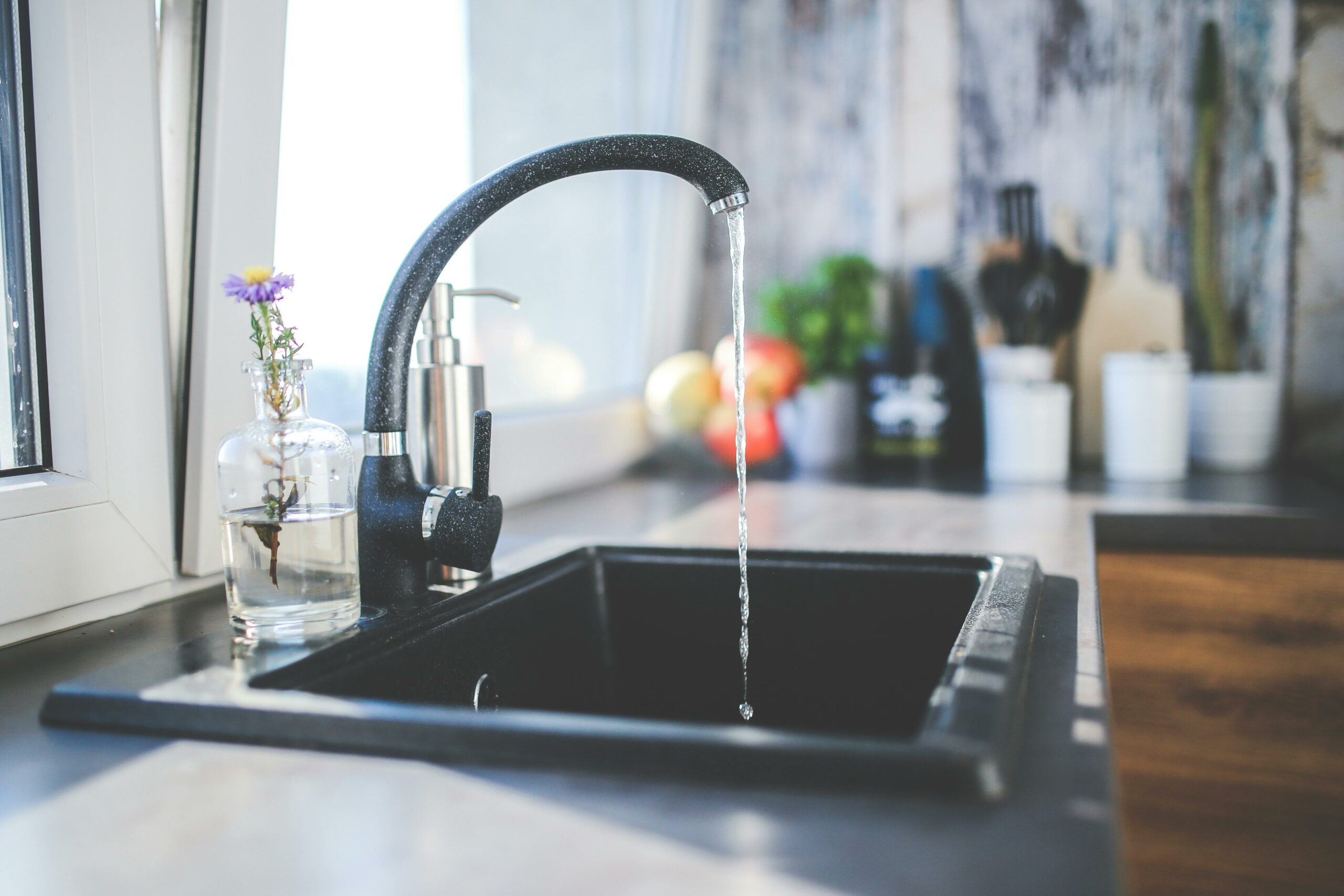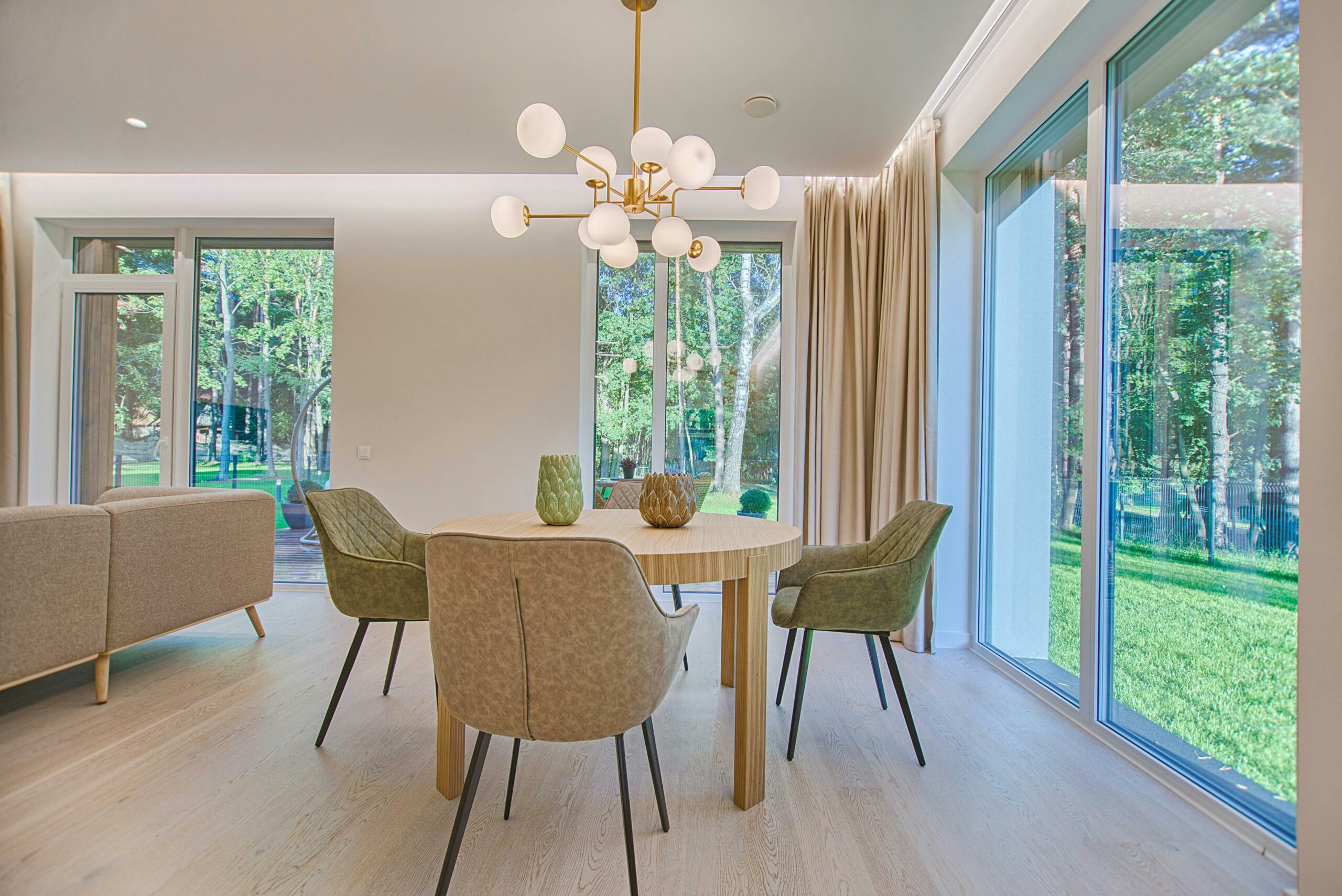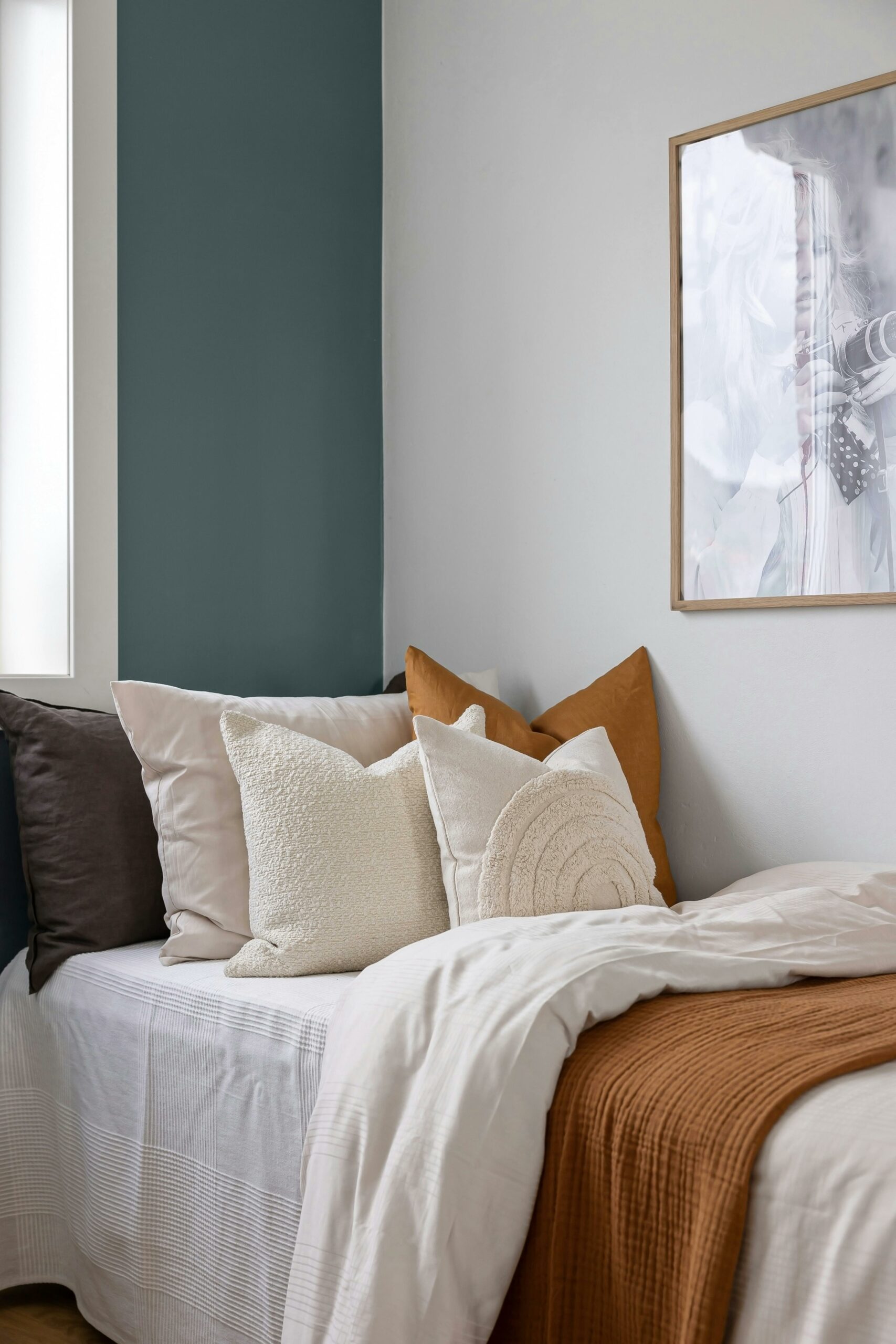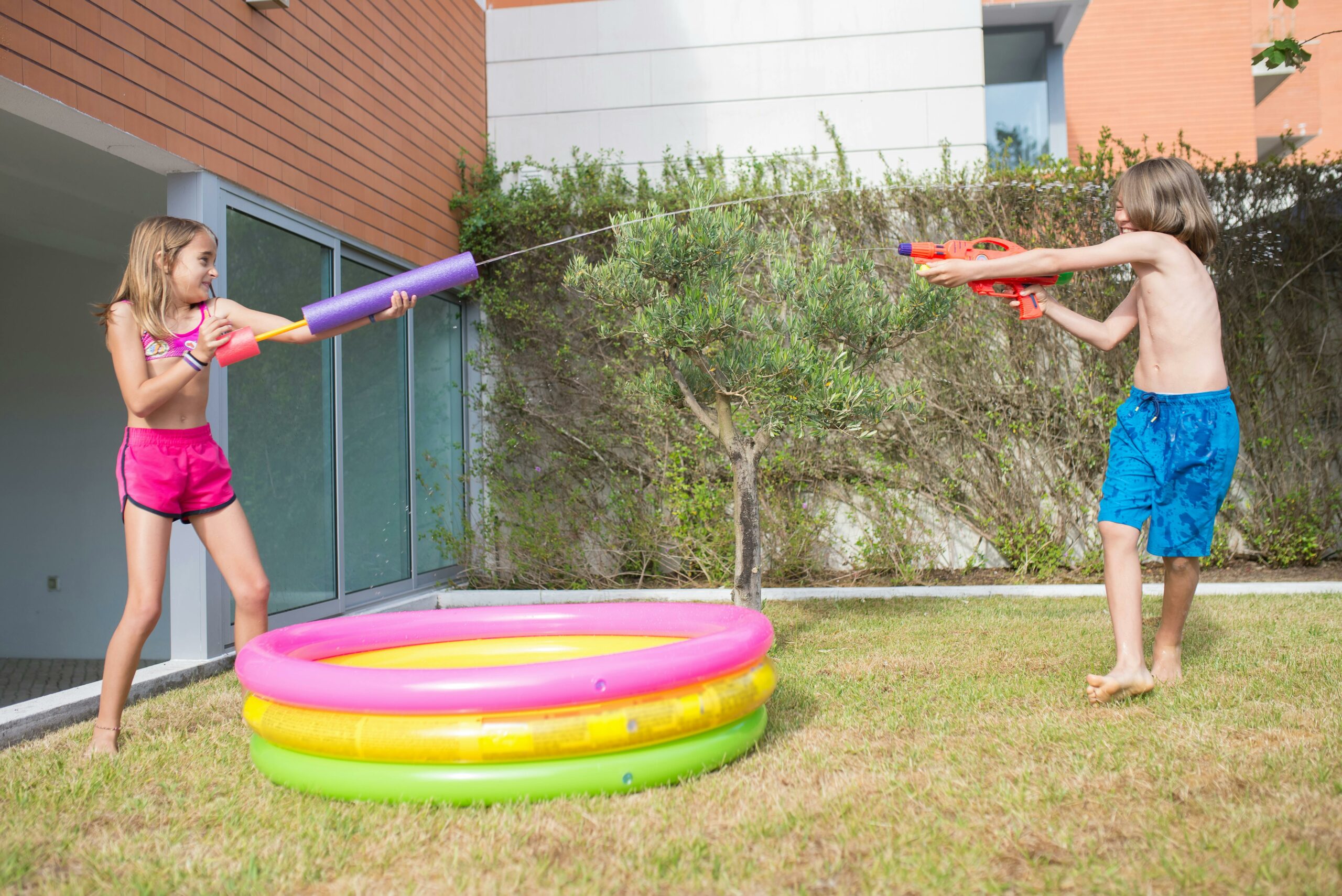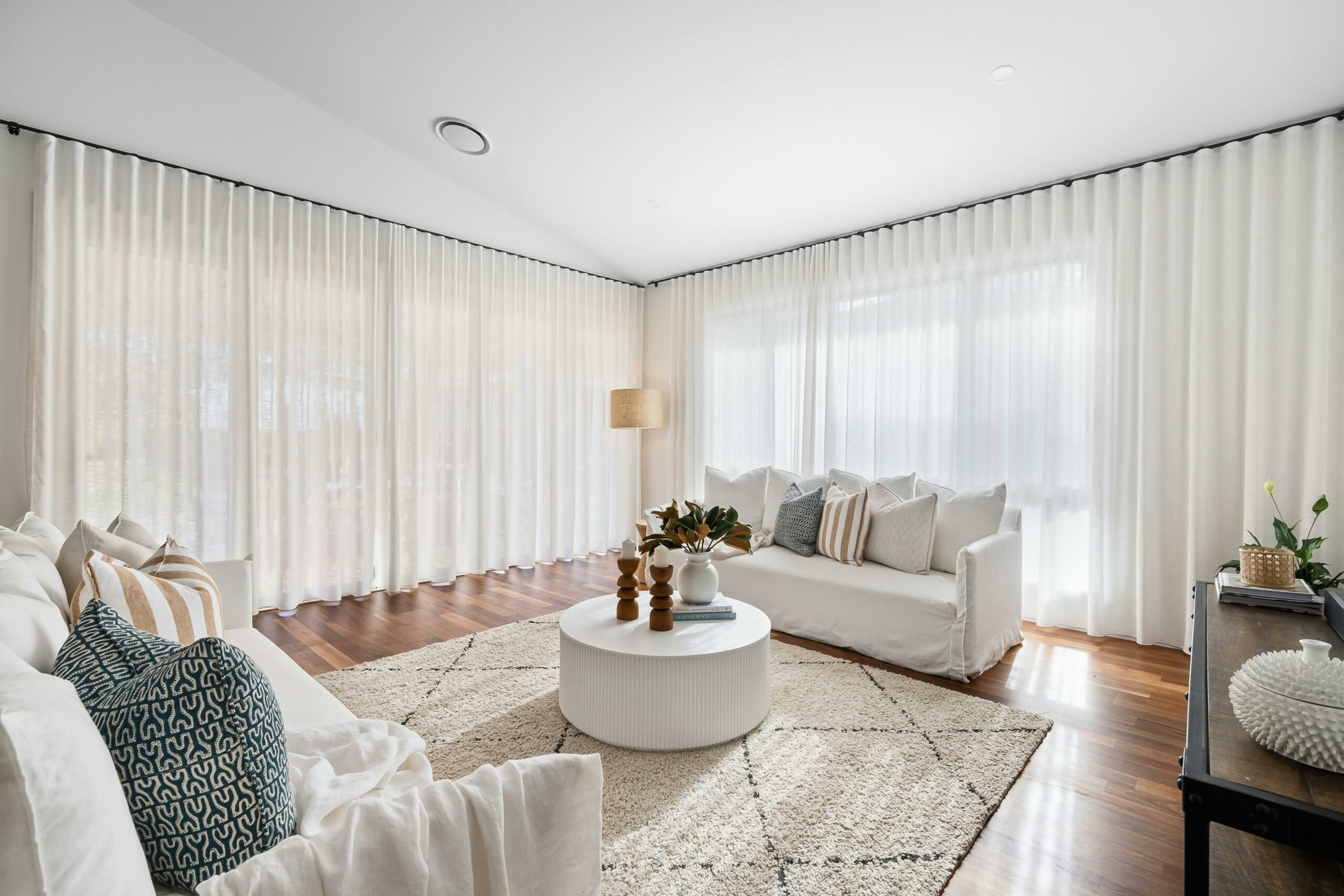When you know how to DIY a mattress, why visit outlet after outlet in search of a new one? Undeniably, sleep is an essential part of our lives. Apart from being crucial for both the mind and the body, sleep is also an inherently favorite activity of humans. However, a good mattress is a must for restful and restorative sleep.
The ideal mattress is firm, comfortable for your height, and has a texture that makes you feel relaxed. It isn’t too soft, so you don’t sink into it, possibly hurting your back.
On the flip side, it is not so stiff that it will leave your body sore. Take a look at this great article and find the best mattresses that provide excellence within a reasonable price range. Check out our five steps on how to DIY a mattress below.

How to DIY a Mattress
1. Deconstruct the Basics
To begin with, you need to equip yourself with the basic knowledge of a mattress setup.
Fundamentally, a mattress construction comprises four layers:
- Baselayer
- Support core
- Comfort layers
- Cover
Firstly, the base layer makes the foundation of a mattress. Typically, economical materials like polyfoam are used for making this layer that maintains the structure and shape of a mattress.
Moving on, you can use either a coil base or a foam base to construct the support core of your mattress. These layers ensure that your mattress holds shape and shield it from depreciating over time.
Then comes the comfort layers of your mattress. It is the layer that is closest to the body and gives the overall feel. Usually, these layers are a few inches in thickness. The comfort layers of a mattress are crucial because:
- They cushion the body and balance the weight evenly
- Adjust according to your sleeping position and absorb noise
- Relieve pressure points and support the hollow areas of the body
Lastly, the cover encloses the other layers and enhances the mattress’s life. Moreover, it seals out allergens, bacteria, and dirt. Additionally, they give a clean overall outlook of your mattress.
2. Determine the Core for Your DIY Mattress
Moving on, you should determine the material for the support core of your mattress. However, the material for core layers is highly dependent on your needs and comfort. A variety of materials are used to form the support layers of a mattress. Each material differs in the way it provides support for your body.
A few materials you can choose from are memory foam, polyurethane foam, natural fibers, latex foam, and column gel. The material you choose to construct your DIY mattress also depends on the type of mattress you want to build:
Foam Mattress: All-foam mattresses only constitute foam in their core layers. These have a comforting feel and relieve the pressure points of the body.
Latex Mattress: If you want to go for longevity over comfort, you can go for all-latex mattresses. They are hypoallergenic, given the organic latex present in their core layers.
Hybrid Mattress: Hybrid mattresses use fabric-encased pocketed coils in conjugation with a typical all-foam or an all-latex mattress. Along with the properties of the traditional foam or latex mattress, hybrid mattresses have an added bounce.
3. Decide the Firmness of Your DIY Mattress
To make an ideal DIY mattress that fits your needs, you will need to understand the firmness of the mattress that you prefer. While looking at the firmness of a mattress, a crucial aspect for you to consider is your sleeping position.
If you sleep on your back, you need a medium-firm mattress to support all the parts of your body. A mildly firm mattress ensures that it evenly balances the pressure throughout.
For side sleepers, a medium-soft mattress is ideal. It supports the areas that sink into the mattress and balances the hollow parts of the body.
Nevertheless, if you like to sleep on your stomach, you should go for a medium-firm mattress that gives firm support and prevents sinking of the body parts.
4. Gather the Materials You Need
Once you have worked out the type of mattress you want to construct, the core layer you prefer, and the firmness that will ensure quality sleep, you move to the main part of the process- finding all the materials you require.
Similar to the first step, gather the supplies one by one for each layer. Start with the base material for your mattress. Then, as per the type of mattress you want, choose the material for support layers.
Then, for a comfortable feel, look for a comfort layer that will provide relief. And lastly, to seal the layers together, get a mattress cover according to the measurements of your mattress.
5. Get Down to Business
Finally, you can start building your DIY mattress after you have arranged all the things you need, planned the mattress you want, and understood the construction process.
Assemble the layers following the construction pattern, zip up the cover, and spread a bed sheet on top. Voila! Your DIY mattress is ready for your enjoyment. Couple it with the right sleeping position, and you’ll never wake up exhausted again.
Conclusion
The process of making your mattress is not as daunting as it may sound. Moreover, broken down into these simplified steps, it has just become that much more manageable. So go on and create your own DIY mattress that is cheaper and perfect for all your needs!

